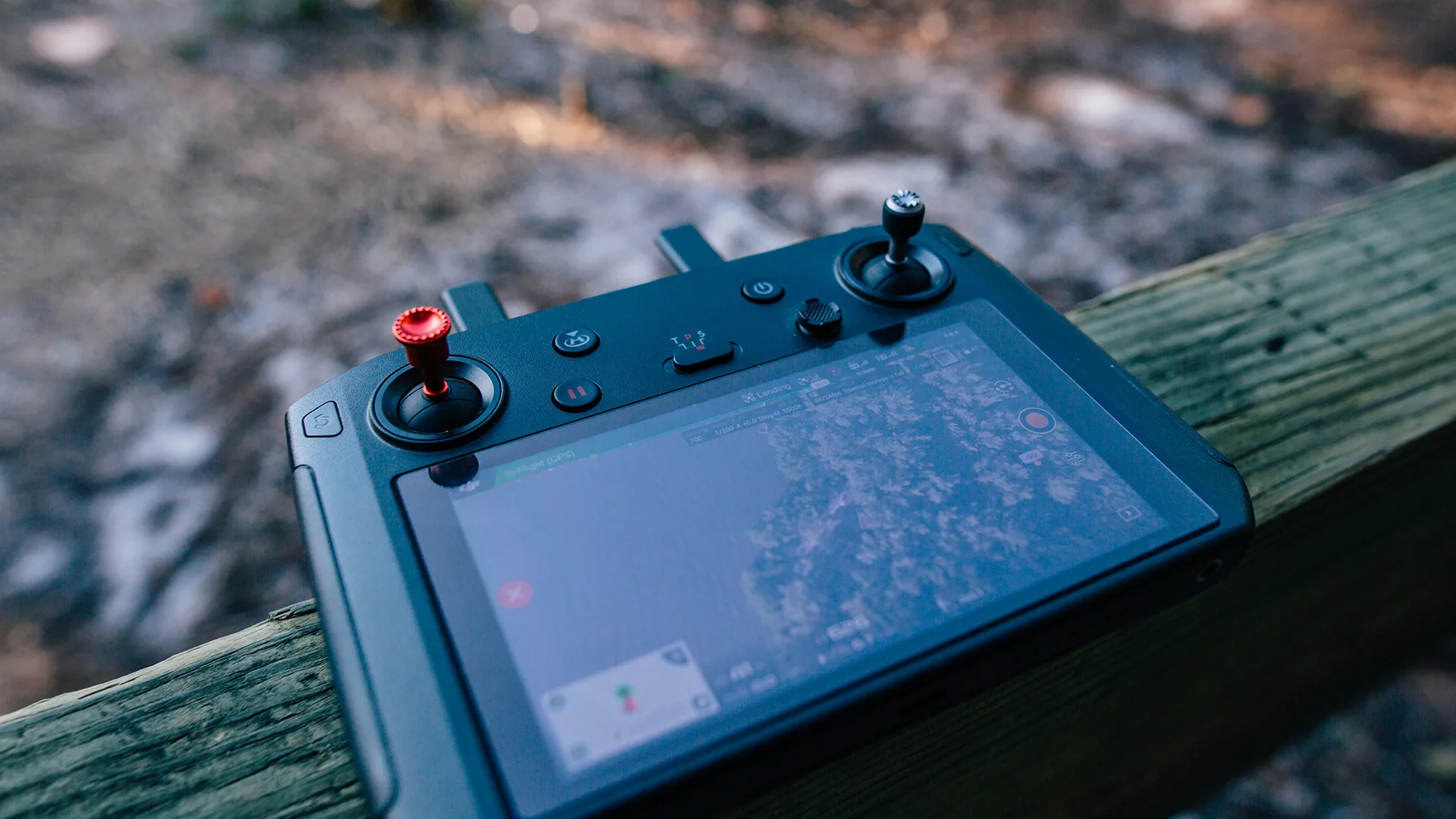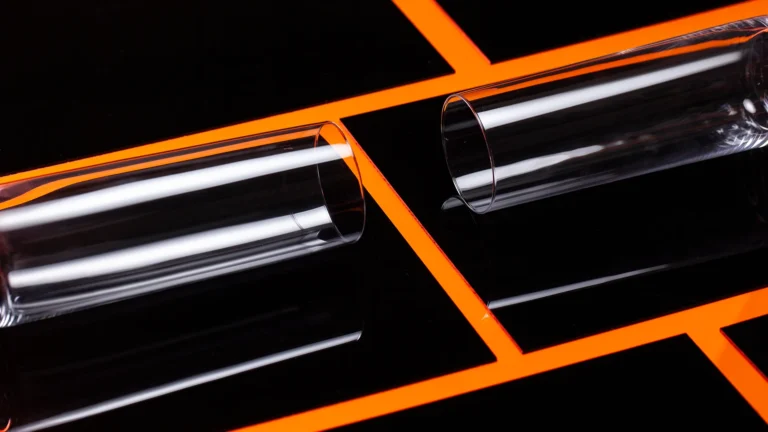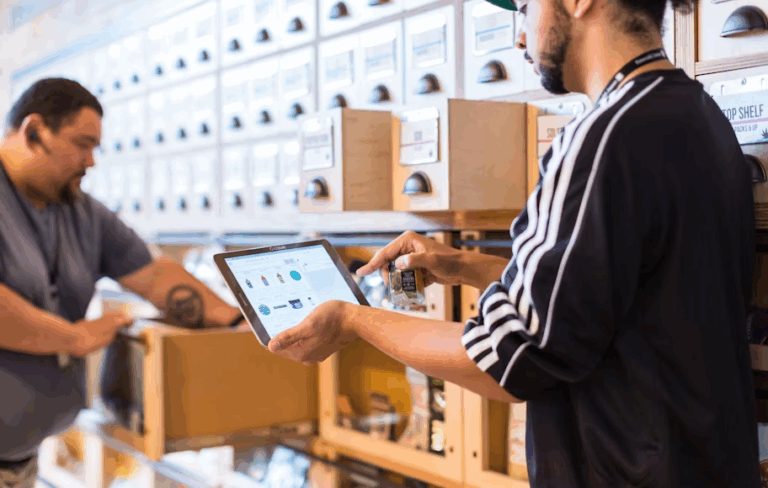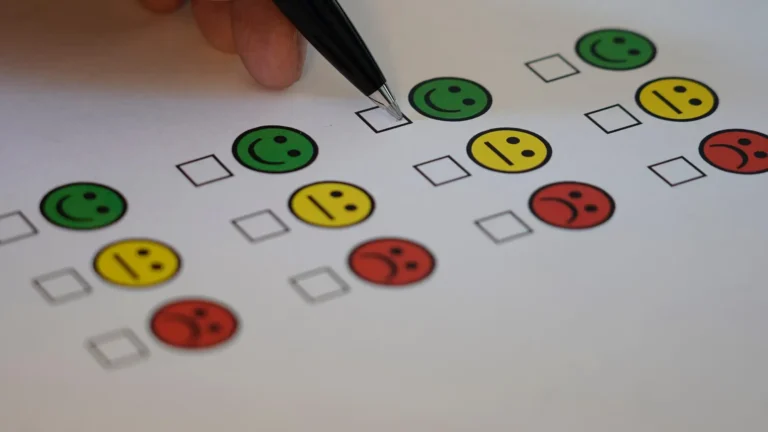Want to take environmental monitoring to the next level?
Mapping and surveying the environment has traditionally been costly, time-consuming, and dangerous. Scaling mountains to track wildlife, wading through swamps to test water quality, and walking through deforested areas to evaluate erosion can take months of effort.
The problem:
By the time teams gather and process that data, the environmental damage has spread. Climate change and habitat loss are an ongoing race against the clock, and monitoring tools need to be faster and more agile to match the pace.
Until now.
That’s where drone surveying and mapping comes in.
What’s covered:
- Why Environmental Scientists Are Switching To Drones
- The Top Applications For Drone Environmental Monitoring
- How Drones Are Revolutionizing Conservation Efforts
- Getting Started With Drone-Based Environmental Mapping
Why Environmental Scientists Are Switching To Drones
Environmental monitoring with drones is not just a fad, it’s rapidly becoming the norm.
Traditional methods require weeks to cover the same areas that drones for surveying and mapping can complete in a few hours. This is critical when you’re racing to protect fast-changing ecosystems or mitigate environmental emergencies.
Consider this:
A small research team on foot might survey 5-10 square kilometers in a week. A single drone can cover the same area in an afternoon and collect a far greater level of detail.
These are not anecdotes. The drone mapping market is expected to reach $1.3 billion by 2025 with environmental applications being the primary driver. Organizations don’t invest in a new technology platform with that kind of growth unless it’s delivering results, and that’s what’s happening in environmental drone mapping.
But wait, there’s more…
By replacing on-foot researchers with unmanned drones, the human impact on sensitive environments plummets. There are no more footprints trampling fragile undergrowth, no more bulldozers carving access roads through pristine habitats, and no more noisy helicopters disrupting wildlife during key breeding seasons.
The Top Applications For Drone Environmental Monitoring
Surveying with drones and mapping the environment is changing the way we do conservation and environmental protection. Here’s how:
Wildlife Population Tracking
How do you count elephants without scaring them off?
Fly a thermal imaging drone over a nature reserve at night. The cameras on board can identify and count animals at a safe altitude and with no disturbance. Researchers are using these same methods to monitor everything from bird colonies to migration patterns of endangered species.
Forest Health Assessment
Deforestation doesn’t take a vacation.
The forests are disappearing long before satellite images detect the damage. Drones equipped with the right sensors can identify tree stress days or even weeks before any visible symptoms occur. This early warning system empowers forest managers to:
- Spot disease outbreaks early
- Detect illegal logging as it’s happening
- Monitor reforestation with precision
- Evaluate fire damage and guide restoration
Water Quality Monitoring
Water systems do not wait for your quarterly sampling schedule.
Deploy a drone that can collect samples from multiple points simultaneously, test pH levels on the fly, and detect algae blooms before they become toxic. Especially valuable in remote headwaters, coastal zones following pollution events, and agricultural areas tracking the impact of runoff.
How Drones Are Revolutionizing Conservation Efforts
The drone surveying market is expected to reach $1.97 billion in 2025 with growth accelerating to $11.49 billion by 2035. Environmental monitoring is a huge driver of that growth.
Conservation groups around the world are seeing real results that were previously unthinkable.
Here’s what makes drone environmental mapping so powerful:
Drones can build high-definition 3D models of entire ecosystems. These models help researchers understand habitat changes over time, model environmental impacts, and design better protection and restoration strategies.
The infrastructure survey segment alone is expected to grow by 22.6% CAGR because the same tools that are helping protect forests are being used to monitor the environmental impact of energy projects, agriculture, mining, and more.
Real-Time Disaster Response
When wildfires ignite or floods threaten homes and lives, time is of the essence.
Deploy drones with thermal cameras that can map the perimeter in real-time to help firefighters allocate resources to the areas of highest need. When the emergency is over, the same drones can evaluate damage and guide recovery and restoration.
Mapping & Surveying are the top commercial drone applications in the world and environmental protection is a massive part of that success.
Cost-Effective Long-Term Monitoring
The old days of environmental surveys costing thousands of dollars per square kilometer are gone.
Drone surveying and mapping can cut those costs by as much as 70% while also providing more detailed data. Conservation groups with limited budgets suddenly have the ability to monitor more territory more frequently.
Getting Started With Drone-Based Environmental Mapping
Ready to put drone technology to work for environmental monitoring?
The barriers to entry are much lower than expected. The mapping drones on the market today are very user-friendly, with intuitive controls and automated flight planning for simple data collection.
Things to keep in mind include:
Choose The Right Equipment
Not every drone is well-suited for all environmental work.
Fixed-wing drones are the best option for covering large tracts of land or wide areas quickly. Multi-rotor drones are a better option for more detailed inspections of smaller areas.
Master The Data Analysis
The real value doesn’t come from data collection, it comes from what you do with the data once you’ve got it.
Modern photogrammetry software can convert thousands of images into detailed 2D maps, 3D models, and change detection reports. Learning to use that software is as important as learning to use the drone.
Build Your Monitoring Protocol
Long-term environmental studies require consistency in how data is collected and measured.
Build and document standard operating procedures for flight paths, data collection intervals, and analysis methods to ensure comparable data over the life of the study.
Bringing It All Together
Drone surveying and mapping is an essential part of the modern environmental monitoring and conservation toolkit.
The technology is enabling researchers to collect more data, cover more area, and respond to environmental emergencies faster while also driving down costs and minimizing human impact on sensitive ecosystems. From wildlife tracking to erosion monitoring, drones are helping conservation efforts by providing data that is more granular and in real-time than ever before.
The drone market growth projections only tell part of the story. Billions are being invested in drone technology specifically for environmental protection and monitoring applications. Why?
To recap quickly:
- Drones can survey the environment in hours what takes weeks on foot
- Applications include wildlife tracking, forest health, water quality
- Real-time disaster response helps save ecosystems
- Conservation groups have more budget for monitoring than ever
The environmental challenges facing the world are not getting easier. But with drone technology providing better data more quickly than ever before, conservation efforts are reaching new heights of effectiveness.



